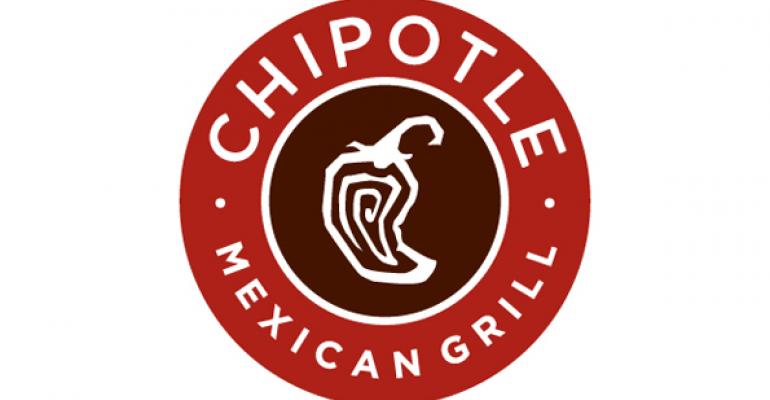 This post is part of the On the Margin blog.
This post is part of the On the Margin blog.
With its sales recovery slowing to a crawl over the summer, Chipotle Mexican Grill Inc. said Thursday it would scale back unit development next year.
Officially, the company is slowing unit development to give the operations team time to ingest a series of new measures by COO Scott Boatwright to improve unit operations that the company is banking on to provide a much needed sales lift.
But it’s also probably overdue, given the sales cliff Chipotle fell off in 2016, following a series of foodborne illness outbreaks.
Chipotle’s unit volume plunged 23 percent last year. Following a strong recovery in January, same-store sales this year have slowed to a crawl. Same-store sales rose 17.8 percent in the first quarter, 8.1 percent in the second quarter and 1 percent in the third quarter ended Sept. 30.
Third-quarter results are particularly disappointing considering the comparison: A year ago, Chipotle’s same-store sales fell 21.9 percent. That means sales this year have quickly retreated to year-ago levels.
This is unprecedented. No restaurant chain has had such a severe consumer response to a foodborne illness outbreak — or such a slow recovery. That’s likely a combination of modern social media and Chipotle’s previously marketed reputation as an upgraded fast-food chain.
It’s also possible that the company’s pace of development made recovery even more challenging.
Chipotle has maintained aggressive unit growth. The chain added more than 200 units last year, for a growth rate of more than 11 percent. Among the 100 largest restaurant chains, only five others grew at a faster rate, according to NRN Top 100 data.
Chipotle had previously said it would add 195 to 210 locations, which would give it more than 2,400 domestic locations. It now says development will be on the lower end of that range, which would represent about 9-percent unit growth. Next year, the chain plans to reduce development further, to between 130 and 150 locations. That’s about 6-percent unit growth. That would be the smallest number of new locations Chipotle has added in a single year since 2011. But the 146 units it added that year amounted to a 13-percent growth rate.
“We have asked our development team to temper our new restaurant openings before reaccelerating our growth,” Boatwright said during an earnings call Tuesday.
Boatwright is making numerous changes to operations. The company has restructured operations support, reorganized field leadership teams and changed its hiring process. Executives on the call said opening new units could be a “distraction” for operations that could take away from its ability to make these changes.
“We have decided that it is a higher priority right now to focus on operational excellence,” Chipotle chief marketing and strategy officer Mark Crumpacker said on the call.
Chipotle is putting a lot of faith in operational improvements, making Boatwright arguably the company's most important person, at least for the time being. Chipotle is making a lot of changes to improve sales, but when asked what effort could have the most impact, CEO Steve Ells said operations.
“When we deliver an extraordinary guest experience, it’s really compelling, and it’s going to bring a lot of people back,” Ells said.
For their part, executives said the fast development has played no role in its current predicament. “No evidence whatsoever,” Ells said. He added that the slow recovery “has nothing to do with our desire to pull back at this time.”
Still, intentional or not, the slowdown could end a potentially large factor in Chipotle’s slow recovery. The company would have been better off slowing down a year ago.
Chipotle is on pace to increase unit count by 21 percent in the two years since its foodborne illness outbreaks suddenly made consumers fear eating the chain's burritos. Unit count is a big influence on same-store sales.
Domino’s Pizza Inc. didn’t start ramping up development until it was years into its recovery from its struggles in the mid-2000s. Arby’s Restaurant Group culled hundreds of units and then went on a remarkably long streak of same-store sales growth. KFC is doing the same thing right now.
When demand for a chain is limited, one of the best steps to get demand back up is to limit supply. In 2016, demand for Chipotle was clearly down, and yet the company increased supply. The chain might be generating profits from those new units, but that doesn’t make the development a wise investment.
Jonathan Maze, Nation’s Restaurant News senior financial editor, does not directly own stock or interest in a restaurant company.
Contact Jonathan Maze at [email protected]
Follow him on Twitter: @jonathanmaze

